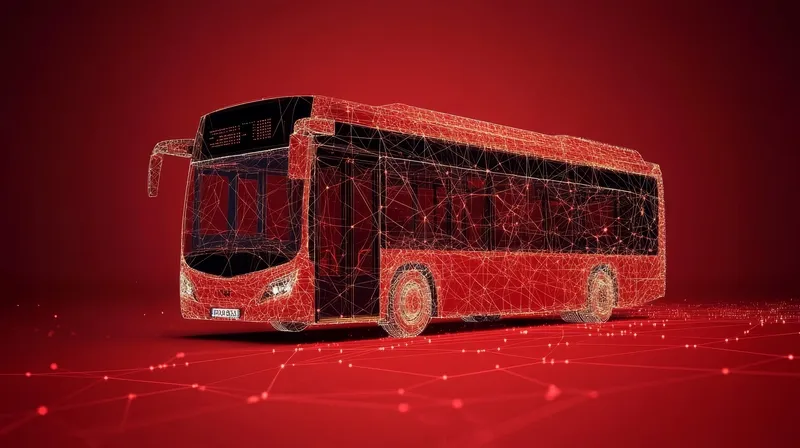Dallas Area Rapid Transit (DART) is to launch its corridor management system, which will integrate traffic information from the myriad transportation agencies along the north central expressway in the region to provide drivers with up to date travel information. The US$9 million project, partially funded by the Department of Transportation, is among several integrated corridor management pioneer sites chosen because of the high travel demand and congestion brought on by the more than 266,000 vehicles that u
March 25, 2013
Read time: 2 mins
The US$9 million project, partially funded by the Department of Transportation, is among several integrated corridor management pioneer sites chosen because of the high travel demand and congestion brought on by the more than 266,000 vehicles that use the corridor daily.
An April 2008 report by the USDOT, in conjunction with the
More than forty detectors have been installed along arterial routes, which will monitor traffic and parking along the route and send the information to DART to enable it to recommend alternative routes.
“It’s information-sharing for the commuter,” says DART spokesman Morgan Lyons, “which is the easiest way to describe integrated corridor management. If you’re about to pull on to central and you’re in the access road and find out there’s an accident, it’s a little late. Now we can intercept that motorist earlier. It answers the question: How can we share information and push that out to commuters?”










